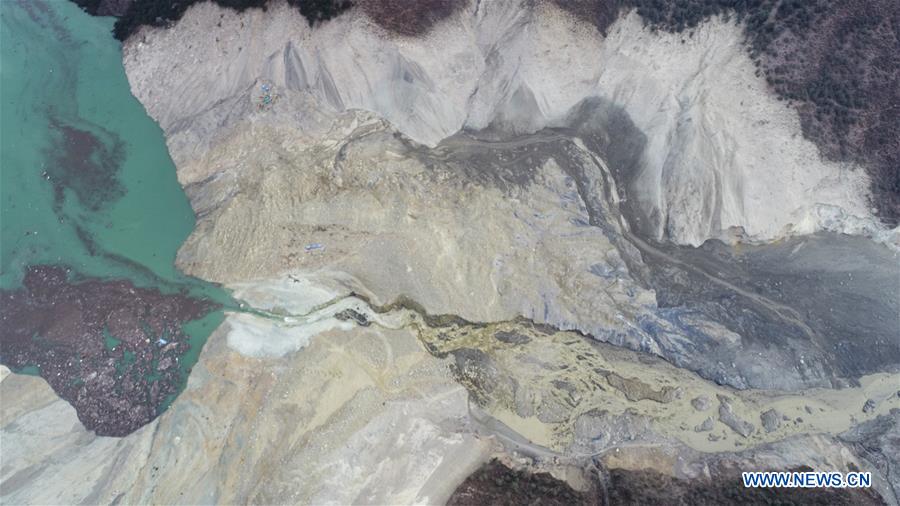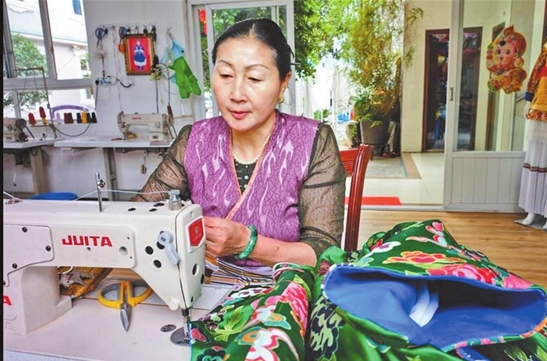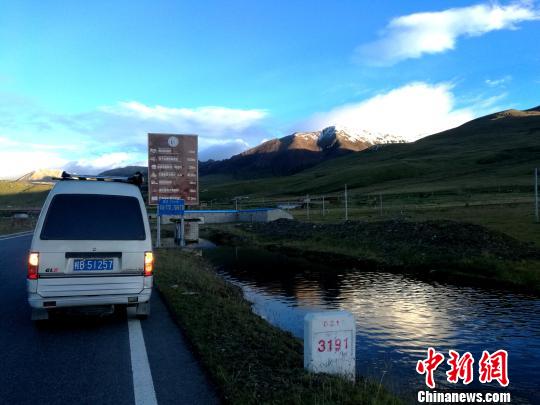Full text of Chinese Premier Li Keqiang's speech at China-ASEAN Summit
SINGAPORE, Nov. 15 (Xinhua) -- Visiting Chinese Premier Li Keqiang on Wednesday delivered a speech here at the 21st China-ASEAN Summit.
The following is the full text of the speech:
Speech by H.E. Li Keqiang
Premier of the State Council of the People's Republic of China
At the 21st China-ASEAN Summit
Singapore, 14 November 2018
Prime Minister Lee Hsien Loong,
Colleagues,
It is a great pleasure to join you in Singapore for the 21st China-ASEAN Summit in Commemoration of the 15th Anniversary of China-ASEAN Strategic Partnership. I wish to thank the Singapore Government for its thoughtful preparations and arrangements for the Summit.
In the past 15 years, faced with a complex and changing international and regional situation, Asian countries have maintained overall peace and stability, withstood the test of the global financial crisis, and enjoyed a sound momentum of fast development. We Asian countries have become an important presence on the world stage.
The past 15 years have also seen a momentous journey for China-ASEAN relations. In 2003, China became the first country to establish a strategic partnership with ASEAN. The Joint Declaration on China-ASEAN Strategic Partnership for Peace and Prosperity signed by our leaders in Bali marked the beginning of a new historical stage in our fast-growing relations.
Over these 15 years, we have engaged in all-round, multi-tiered and wide-ranging cooperation which has delivered bountiful outcomes. We upgraded the 2+7 cooperation framework to the 3+X framework, and achieved a leap in our ties from quantity to quality. China-ASEAN relationship now enjoys tremendous vitality and bright prospects.
We enriched the substance of our strategic cooperation. We deepened strategic communication by setting up security dialogue platforms, and worked to build an open and inclusive regional architecture based on international law and rules. This has contributed to the maintenance of overall peace and stability in our region.
We established the Lancang-Mekong cooperation framework, worked toward the East Asia economic community, and led the way in the regional integration process. This has boosted regional development and prosperity.
We maintained close communication and coordination at APEC, the UN and other fora, worked together to improve the global governance system by reform and resolve regional and international hotspots by peaceful means, and opened new prospects for South-South cooperation. China-ASEAN relations have gone beyond the bilateral scope and gained increasing regional and global significance.
We established a framework for win-win cooperation. Since President Xi Jinping set out the vision of a 21st Century Maritime Silk Road in 2013, China and ASEAN countries have reached broad consensus on jointly taking forward the Belt and Road Initiative (BRI) with concrete steps for stronger synergy between the BRI and ASEAN's development plans. So far nine ASEAN countries have signed agreements with China on BRI cooperation, which facilitated the delivery of a series of big projects on infrastructure connectivity and industrial capacity cooperation.
We established and upgraded the largest FTA among developing countries whereby over 90% of our goods can trade at zero tariff. Two-way trade surged from US$78 billion in 2003 to US$510 billion in 2017. China has been ASEAN's top trading partner for nine years in a row, and ASEAN China's third largest for seven consecutive years. Cumulative mutual investment exceeded US$200 billion.
The number of annual mutual visits increased from 3.9 million to nearly 50 million. Over 3,800 flights travel between China and ASEAN countries every week. Practical cooperation powered by complementary strengths and shared interests has boosted our integrated development and delivered benefits to two billion people in the 11 countries.
We set an example of working together to properly manage differences. Given the impact of the South China Sea issue on the smooth development of relations between China and some ASEAN countries, we all made active efforts to overcome this potential hindrance. In 2002, China and ASEAN countries signed the Declaration on the Conduct of Parties in the South China Sea (DOC), laying a solid foundation for managing differences and strengthening cooperation.
In the past 16 years, we have worked to increase mutual political trust and kept to the overall direction of amity and good-neighborliness. We have fully and effectively implemented the DOC, deepened practical maritime cooperation, launched and advanced consultations on the Code of Conduct(COC) to keep disputes under control and preserve stability in the South China Sea.
This year has seen important progress in COC consultations. We worked out a single draft negotiating text and agreed to complete the first reading of the text within 2019. And on that basis, China is ready to work with ASEAN countries toward concluding COC consultations in three years' time on the basis of consensus. Greater stability in the South China Sea will be conducive to the peace and development of East Asia as a whole.
With geographic proximity, close cultural ties and interconnected development, it is only natural that China and ASEAN countries have been good neighbors, good friends and good partners. China firmly supports the building of the ASEAN Communities and ASEAN centrality in regional cooperation. Our steady and growing relationship has been underpinned by our abiding commitment in following respects:
First, a commitment to mutual respect and seeking common ground while reserving differences. Our friendly relations go back a long time and rest on a solid foundation. Peace and stability is the common aspiration of all countries in the region and an overriding premise for development and prosperity. Our shared adherence to the Five Principles of Peaceful Coexistence and the ASEAN Way and common preference for resolving differences through dialogue and consultations have contributed to greater mutual trust and to peace and stability in East Asia.
Second, a commitment to openness and cooperation for common development. East Asian countries, with our strong economic complementarity and great potential for cooperation, have forged a bond of closely entwined interests. We made joint efforts to deepen cooperation on the industrial and value chains, advance trade and investment liberalization and facilitation, and promote East Asian integration, thus achieving win-win outcomes in the process of economic globalization.
Third, a commitment to inclusiveness and mutual learning. In the unique East Asian civilization, different ethnicities, religions and cultures have long lived side by side, and shaped a regional tradition of harmony in diversity. We respect cultural diversity and each other's national conditions and development paths, and sought to draw on each other's strengths through dialogue and exchanges. This has invigorated our divergent cultures by unleashing tremendous creativity and contributed to the advancement of human society.
Colleagues,
The East Asian region now faces unprecedented new challenges: growing uncertainty and instability on the global horizon, protectionism and unilateralism on the rise, multilateral rules and the international order under strain, set-backs in economic globalization, flare-ups of regional hotspots, and traditional and non-traditional security threats compounding each other. It is all the more important that we, China and ASEAN, strengthen all-round cooperation to be a firm facilitator of regional peace, stability, progress and prosperity, a staunch supporter of the international order and multilateral system, and a vigorous advocate for regional integration and world multi-polarity. We need to join hands to take the China-ASEAN strategic partnership to a higher level and forge a closer China-ASEAN community with a shared future. To this end, I wish to make the following proposals:
First, we need to strengthen strategic planning. Effective top-level design and sound policy implementation will generate sustained momentum for cooperation. The China-ASEAN Strategic Partnership Vision 2030,which will be issued as an important outcome of this Summit, draws a blueprint for the long-term growth of China-ASEAN relations. Following the guide of Vision 2030, we should work to upgrade China-ASEAN relations by fostering stronger synergy between the BRI and ASEAN Vision 2025, strengthening the "3+x" cooperation framework, and bolstering the three pillars of political and security cooperation, economic cooperation and people-to-people exchanges.
Second, we need to deepen economic cooperation and trade. The protocol on upgrading the China-ASEAN Free Trade Area and negotiations on the product specific rules of origin have been completed. Both will serve to elevate trade liberalization and facilitation between our two sides. We look forward to the early and substantive conclusion of negotiations on the Regional Comprehensive Economic Partnership (RCEP) that contributes to the building of more robust and effective supply and value chains in the region.
A few days ago, China successfully held the first International Import Expo, which was another major action to open China wider to the world. It is expected that in the coming 15 years, China will import over US$30 trillion worth of goods and over US$10 trillion in services. This will bring greater development opportunities to ASEAN and other countries. China is ready to work with ASEAN to deliver the Joint Statement on Production Capacity Cooperation and the Joint Statement on Further Deepening the Cooperation on Infrastructure Connectivity with priority given to industrial capacity cooperation in areas such as power, automobiles, ICT, rail transport and equipment manufacturing. We will steadily move forward the construction of the China-Laos Railway, China-Thailand Railway, Jakarta-Bandung Railway and other large-scale infrastructure projects in the transportation sector to help regional countries grow their economies and improve people's lives.
Third, we need to nurture innovation highlights. Embracing the new wave of scientific and technological revolution and industrial transformation, China and ASEAN have both placed innovation high on the development agenda. Innovation has thus emerged as a new growth area of cooperation. This year is the China-ASEAN Innovation Year. The two sides will release a joint statement on ASEAN-China science, technology and innovation cooperation, explore new mechanisms for this cooperation, work together to establish science parks, and deepen the implementation of the China-ASEAN Science and Technology Partnership Program. China supports the building of the ASEAN Smart Cities Network (ASCN), and has participated in the ASEAN Smart Cities Showcase. We are ready to enter into a smart cities cooperation agreement with ASEAN to advance cooperation in policy research, standard-setting, technological innovation, market sharing, personnel training and other areas. We may set up a platform for ASCN cooperation on the basis of the China-ASEAN Information Harbor. Chinese cities, including Nanning, Xiamen, Hangzhou, Jinan and Kunming, are ready to establish partnerships with their ASEAN counterparts. China supports the building of an ASEAN tourism digital platform and will work with ASEAN on the Environmental Information Sharing Platform, forge the partnership for ecologically friendly urban development, and establish a geoscience cooperation center to boost green economy and sustainable development.
Fourth, we need to cement people-to-people ties. The proud achievements of China-ASEAN cooperation owe to a large measure to the robust exchanges between our peoples. China and ASEAN have designated 2019 as the China-ASEAN Year of Media Exchanges. To enhance public knowledge and participation in our bilateral cooperation and support more people-to-people and cultural exchange programs, China will make an additional contribution to the China-ASEAN Cooperation Fund next year. The fund management team of the ASEAN Secretariat will soon be operational.
China will set up the China-ASEAN Young Leaders Scholarship and launch the "Bridge of the Future" China-ASEAN Young Leaders Training Program. In the next five years, we will invite 1,000 young talents from ASEAN countries to China for training to sow the seeds of friendship in the hearts of our peoples.
Fifth, we need to expand security cooperation. Strengthening security exchanges and cooperation serves the interests of all countries. Since the beginning of this year, major progress has been made in China-ASEAN security cooperation. Last month, China and ASEAN countries successfully held the first joint maritime exercise in Zhanjiang, an important initiative for the two sides to increase mutual trust, jointly manage security risks and uphold regional stability. We hope that such exercise will be institutionalized.
China is ready to work with ASEAN to set up a direct hot line between our defense authorities as soon as possible. We will carry out friendly exchanges between our military think tanks and young and middle-aged officers, deepen cooperation in such areas as disaster prevention and reduction, humanitarian assistance, military medical sciences and counter-terrorism, and explore the possibility of setting up an ASEAN warehouse of disaster relief equipment in order to make our cooperation more diversified and productive.
Colleagues,
Peace and stability in the South China Sea is the common aspiration of all regional countries and serves our shared interests. Thanks to the concerted efforts of China and ASEAN countries, the situation in the South China Sea has eased and consultations on the COC have been moving forward smoothly. All this testifies to the resolve of regional countries to address the South China Sea issue with a constructive approach and jointly shape the rules of the region. What has happened proves that the full and effective implementation of the DOC and progress in COC consultations are an effective means toward achieving these goals.
The South China Sea is an important international shipping route. As a major trading nation, China conducts over 60 percent of its seaborne trade in goods through the South China Sea. China is committed to safeguarding the freedom of navigation and overflight in the South China Sea enjoyed by countries under international law. Non-littoral countries should respect and support the efforts made by China and ASEAN countries for peace and stability in the South China Sea.
China and ASEAN countries are each other's opportunity for development, not threat. We must grasp the key to addressing the South China Sea issue with our own hands and overcome external impediments. While steadily advancing COC consultations, we need to conduct practical cooperation on the sea, and unlock the potential of cooperation in areas such as search and rescue, environmental protection, fishery resources conservation and coast guard. China has been improving the civilian facilities on the islands and reefs in the South China Sea. In addition to strengthening the search and rescue capabilities in the middle and southern parts of the South China Sea, we have also installed maritime observation, meteorological forecasting, environmental monitoring and disaster prevention and reduction facilities, which are all designed to provide more public goods for the region.
Colleagues,
When we stick together and forge ahead with firm confidence in each other's development, in China-ASEAN cooperation, and in the future of East Asia, we will foster a higher-quality China-ASEAN relationship that is even more fruitful and beneficial to our peoples in the next 15 years.
Thank you.
Your Comment
Name E-mailRelated News
-
-
Full text of Chinese premier's keynote speech at China-Netherlands Business Forum
THEHAGUE,Oct.18(Xinhua)--ChinesePremierLiKeqiangdeliveredhereonTuesdayakeynotespeechattheChina-NetherlandsBusinessForum.Thefollowingisthefulltextofthekeynotespeech:KeynoteSpeechbyH.E.
-
-

-
Rock inscription of Tibetan Buddhist texts found in Qinghai
Researchers in northwest China's Qinghai Province have found a Tibetan Buddhist rock inscription considered to be the largest and most well-preserved in the province, a local museum said Wednesday.
-
-
-
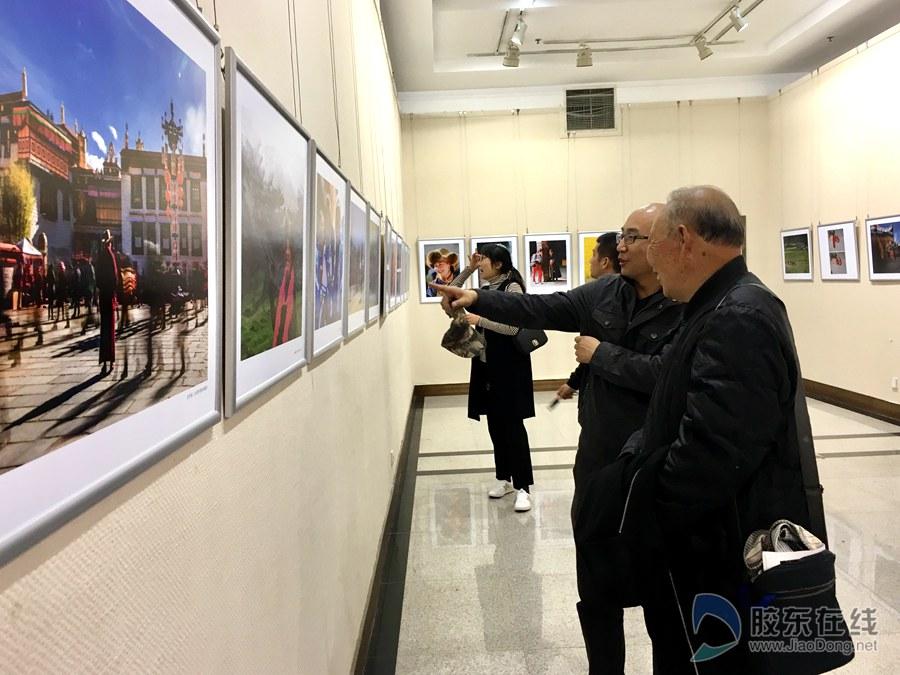
-
Expansion of China’s largest museum of Tibetan medicine completed
On November 9th, after five years of construction, the 30 thousand sqm Qinghai Tibetan Culture Museum has completed construction for its secondary phase hall.
-
-
-
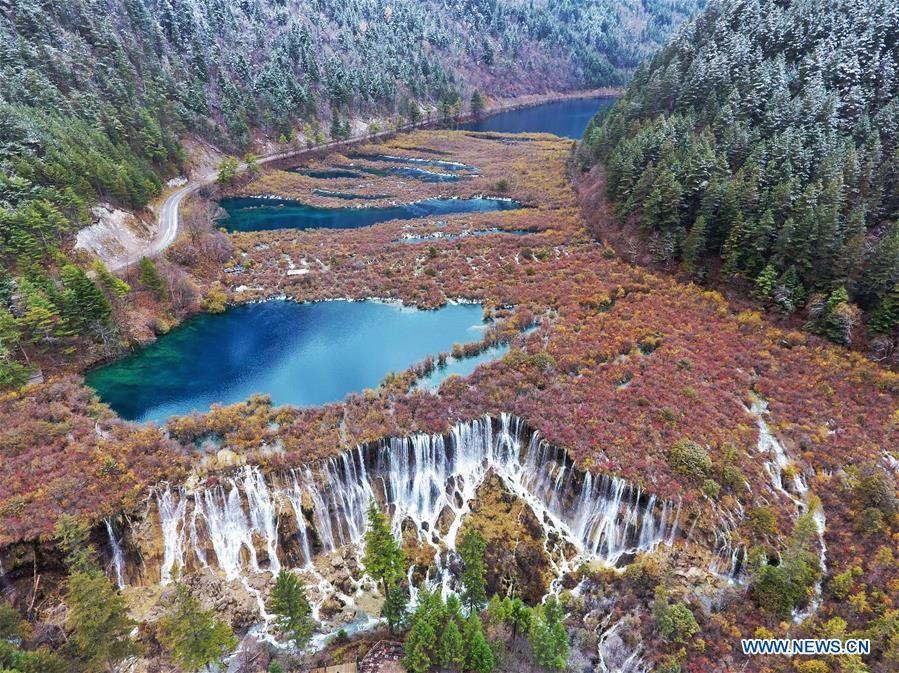
-
Scenery of Jiuzhaigou National Park in China's Sichuan
Jiuzhaigou National Park in southwest China's Sichuan Province, a UNESCO World Heritage Site, was rocked by a 7.0-magnitude quake in August 2017.
-
-
-
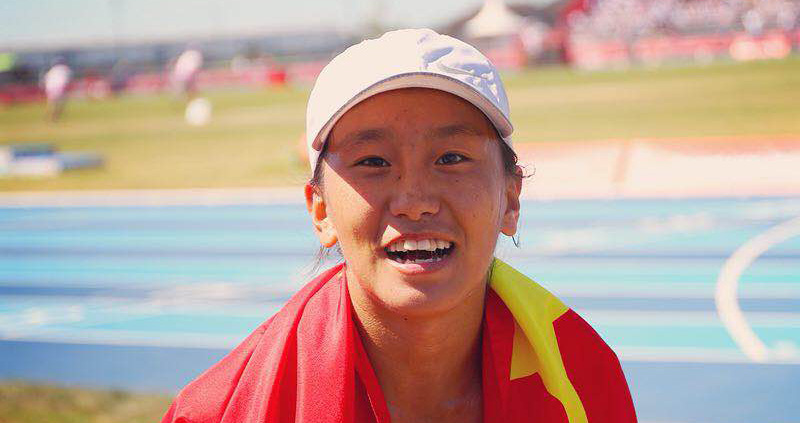
-
Tibet embraces first winner of track and field in Youth Olympic Games
Ti Ricuo, who is only 1.58 meters in height, won first place with 45 minutes and 3.49 seconds in the competition.
-


